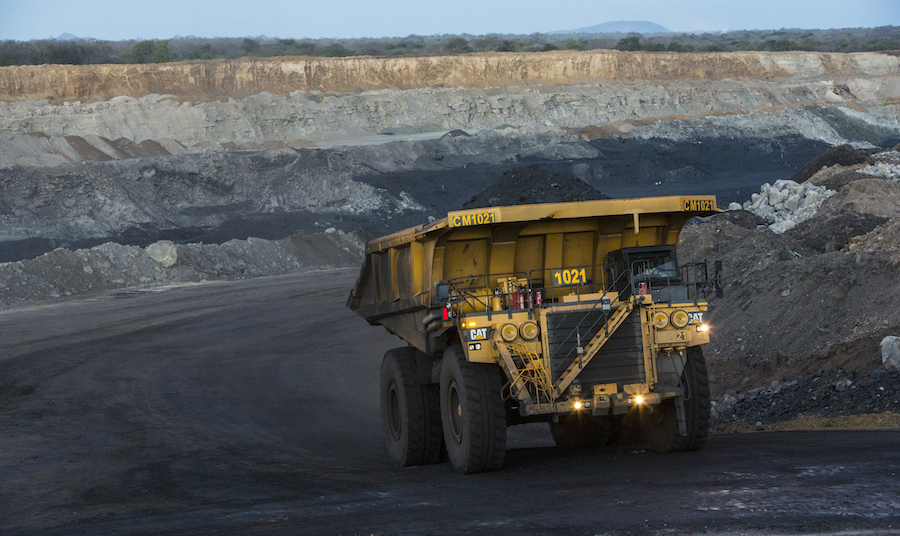Saudis dare US to play oil ball
The latest assessment of the estimated oil reserves in the Bakken and Three Forks formation in the northern U.S. plains states was about twice as much as previously thought. Those plays, spread out over North Dakota, South Dakota and Montana, could bring the United States one step closer to energy independence, the U.S. interior secretary said. New technologies used to get at the oil locked in those shale formations has redefined the geopolitics associated with the global energy sector. The latest government figures suggest the United States is relying less on OPEC for its oil, yet Saudi Oil Minister Ali al-Naimi said talk of energy independence is, in his words, “naive.”
The U.S. Geological Survey found there was a mean 7.4 billion barrels of undiscovered, technically recoverable oil spread across the northern section of the country. That’s twice as high as the previous estimate from 2008. Interior Secretary Sally Jewell said the assessment from the USGS means the United States can move even further away from overseas oil.
The vast majority of the oil imported into the United States so far this year has come from Canada. In February, the United States imported 2.69 million barrels per day, about 9 percent more than the same time last year. That’s more or less as much as was imported from all 12 members of the Organization of Petroleum Exporting Countries combined. From OPEC, February imports of crude oil are down more than 20 percent from the same time last year. Economic issues aside, those figures give leverage to those U.S. policymakers pushing measures to break away from overseas markets.
Iraq and Saudi Arabia were the only OPEC members that increased the level of crude oil exports to the United States this year. Saudi Oil Minister Ali al-Naimi said in Washington this week that the U.S. oil revolution was “great news” for an economy struggling to emerge from crippling recession. More oil reserves, like those from the Bakken and Three Forks formations, will add stability to an increasingly global market, he noted. That said, the United States will remain one of the top energy consumers in the world and will continue, without or without the shale revolution, to depend on Middle East oil. Talk of breaking away from overseas oil, his said, is a “naive (and) rather simplistic view.”
“Talk of energy independence fails to recognize the interconnected nature of global oil (and) global energy markets,” he said. “We are all part of a global market, and no country is truly energy independent.”
A congressional report last year said U.S. crude oil imports reached their peak probably around 2005. Exports of U.S. crude oil are restricted, however. A Congressional measure enacted in response to the Arab oil embargo in 1973 means the United States can’t export crude oil except under a few specific circumstances. The only country to receive any significant amount of crude oil from the United States is Canada, which received 3.4 million barrels in February, the last month for which data is available from the Energy Department. Crude oil exports to Canada were determined to be a national interest in the late 1980s. For Naimi, he said it was perhaps time for the United States to get in the international game. Protectionism in a global marketplace wasn’t in anyone’s interest, he said.
“I do not go along with the opinion that increasing U.S. liquid production means the United States could and should detach itself from international affairs,” he said. “In fact, perhaps the question is not how the U.S. can achieve energy independence, but to what degree it will, in the future, be prepared to export its oil and gas supplies.”
More News
{{ commodity.name }}
{{ post.title }}
{{ post.date }}



Comments